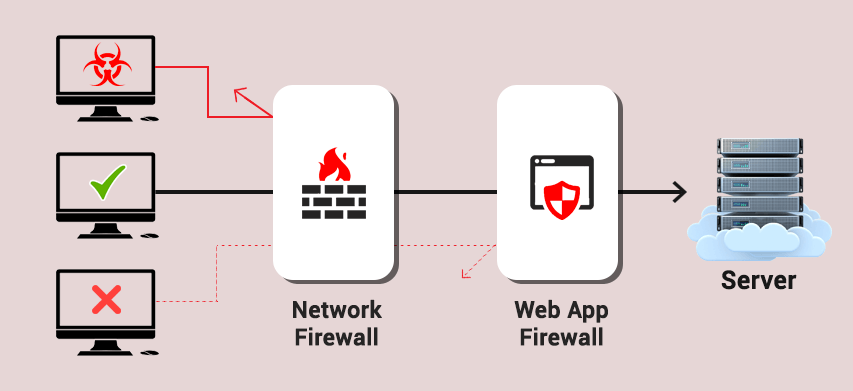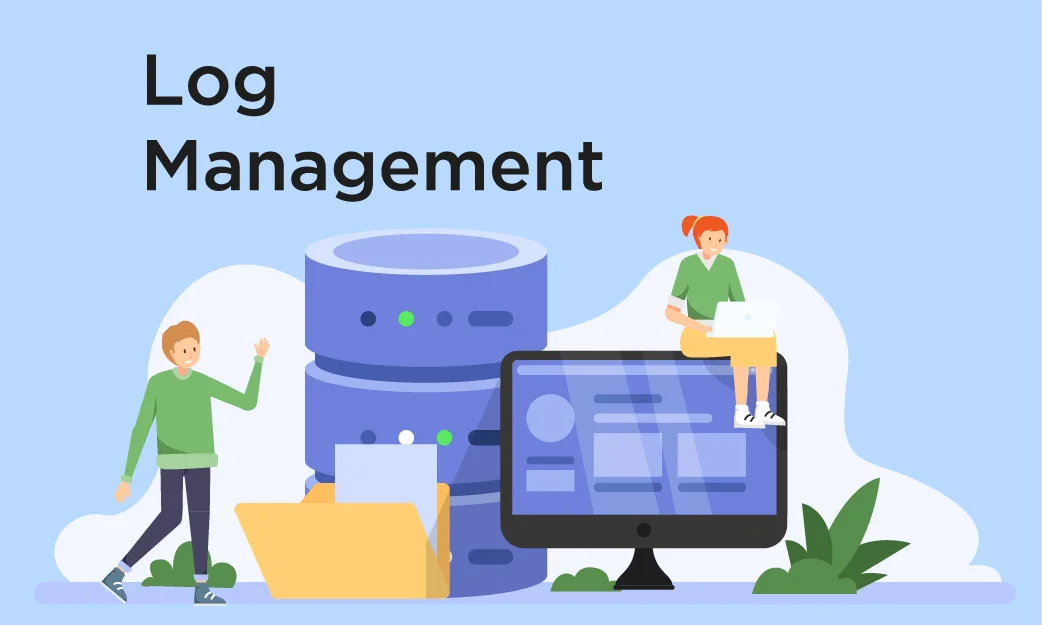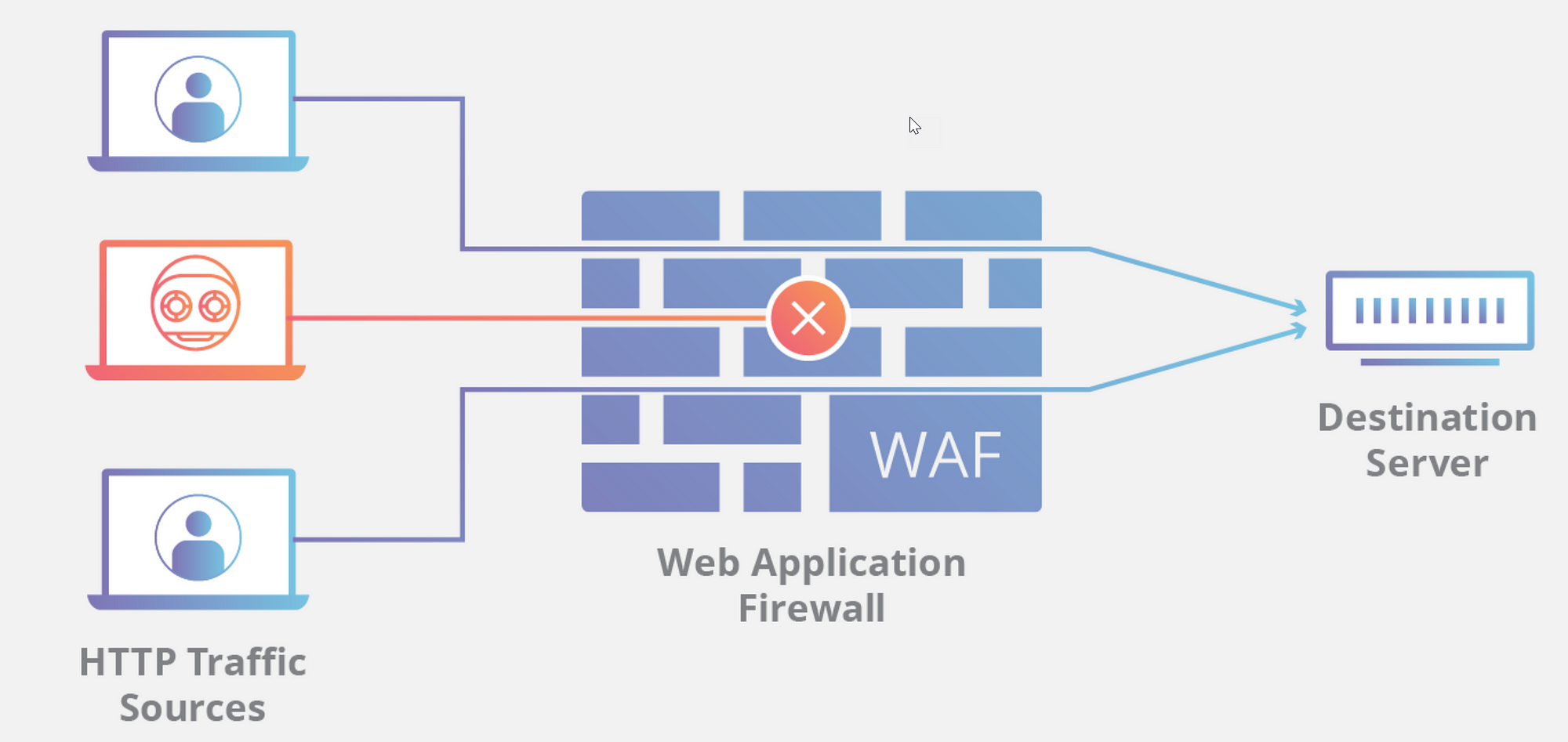Introduction
Web Application Firewalls (WAFs) are essential tools for protecting modern applications from threats like SQL injection, cross-site scripting (XSS), and other web-based attacks. For developers, understanding how WAFs work and how to design applications with WAFs in mind is critical to ensuring security without compromising functionality or performance.
Why Developers Should Care About WAFs
WAFs are no longer just the concern of DevOps or security teams. Today, developers must actively participate in building secure applications by understanding how WAFs interact with HTTP traffic, APIs, and user input. A poorly integrated WAF can block legitimate functionality or cause user experience issues.
Key Considerations for Developers Working with WAFs
1. Input Validation is Still Crucial
WAFs add a layer of protection, but they are not a substitute for proper input validation and sanitation in your code. Always validate user inputs server-side and client-side to prevent malicious data from entering your application.
2. Understand WAF Rules and False Positives
WAFs operate based on predefined rules. Developers must understand these rules to prevent unintended blocks. For example, complex JSON payloads or certain API patterns might trigger false positives unless properly whitelisted or customized.
3. Use Standard Protocols and Methods
Following standard HTTP methods, status codes, and RESTful design practices helps WAFs correctly identify and manage traffic. Avoiding unconventional methods reduces the chances of conflicts with WAF logic.
4. Monitor Logs and Testing Environments
During development and staging, ensure your team monitors WAF logs to catch any legitimate requests being blocked. This allows for fine-tuning rules and exceptions before moving to production.
5. Secure APIs with WAF-Aware Design
If your application exposes APIs, especially public ones, design them to work smoothly with WAFs. Consider rate limiting, input filtering, and authentication strategies that complement WAF protection.
6. Collaborate with Security Teams
Work closely with security engineers to ensure your application architecture aligns with existing WAF configurations. A shared understanding between teams leads to fewer deployment issues and improved protection.
Benefits of WAF-Aware Development
- Reduced risk of security breaches and downtime
- Faster incident response and debugging
- Improved compliance with security standards (e.g., PCI-DSS, OWASP)
- Better collaboration between development and security teams
Conclusion
Developers play a critical role in the success of Web Application Firewall strategies. By designing applications with WAFs in mind, they contribute to a stronger security posture and more resilient systems. Writing secure, WAF-friendly code is not just a best practice—it's a necessity in today’s threat landscape.


